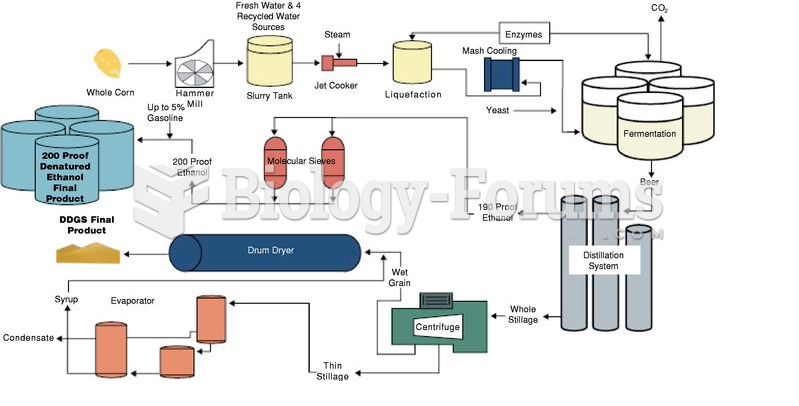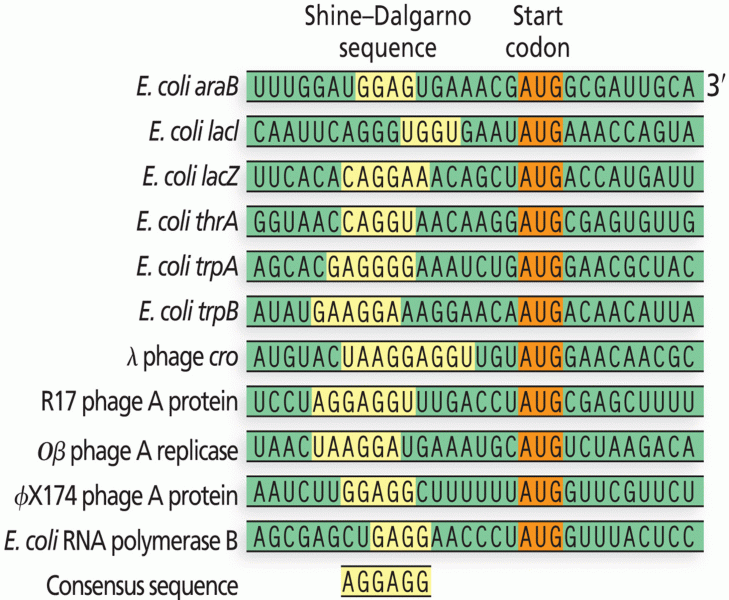|
|
|
There are 20 feet of blood vessels in each square inch of human skin.
Stroke kills people from all ethnic backgrounds, but the people at highest risk for fatal strokes are: black men, black women, Asian men, white men, and white women.
Bacteria have been found alive in a lake buried one half mile under ice in Antarctica.
Bisphosphonates were first developed in the nineteenth century. They were first investigated for use in disorders of bone metabolism in the 1960s. They are now used clinically for the treatment of osteoporosis, Paget's disease, bone metastasis, multiple myeloma, and other conditions that feature bone fragility.
Malaria mortality rates are falling. Increased malaria prevention and control measures have greatly improved these rates. Since 2000, malaria mortality rates have fallen globally by 60% among all age groups, and by 65% among children under age 5.
 Small nuclear RNAs (snRNA), 100-200 bp in length, form part of the splicing mechanisms to process mR
Small nuclear RNAs (snRNA), 100-200 bp in length, form part of the splicing mechanisms to process mR
 How lenses correct visual problems: (A) emmetropia; (B) myopia; (C) hyperopia; (D) corrected myopia; ...
How lenses correct visual problems: (A) emmetropia; (B) myopia; (C) hyperopia; (D) corrected myopia; ...





